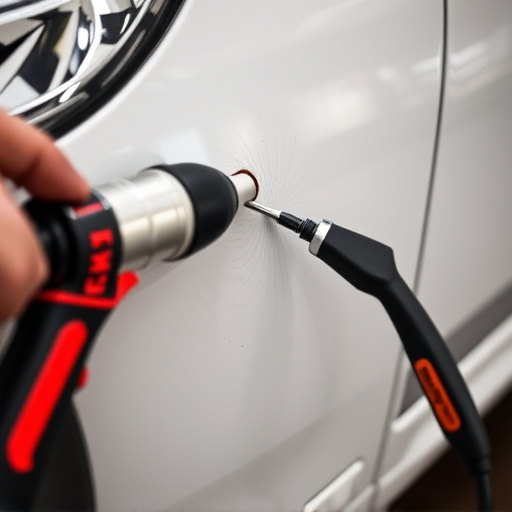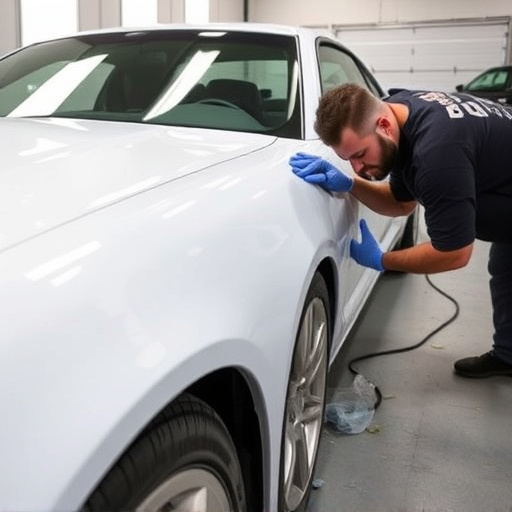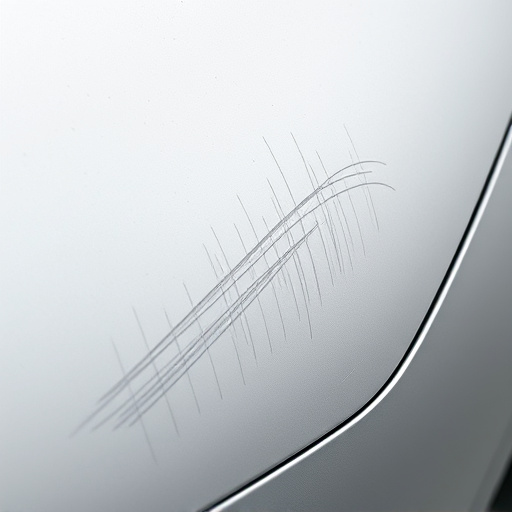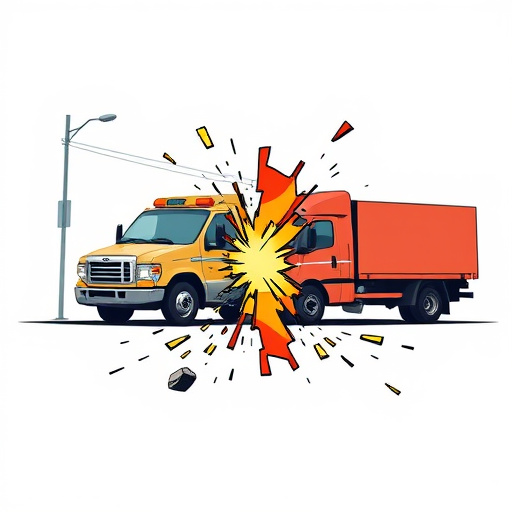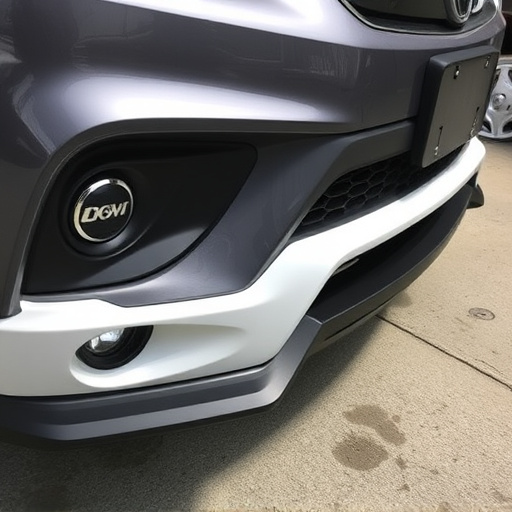Airbag safety certification is a stringent process, vital for vehicle occupant protection and legal compliance during collisions. In the digital age, software updates revolutionize airbag systems, enhancing safety standards and streamlining collision repair. This certification ensures updates meet rigorous industry standards, promoting passenger safety and efficient repair processes in modern vehicles.
Airbag safety certification is a critical component of modern vehicle security, ensuring life-saving systems operate optimally. This article delves into the intricate relationship between airbag safety certification requirements and software updates, exploring how these integrations enhance vehicle safety in today’s evolving automotive landscape. We’ll dissect the process, highlight key considerations, and emphasize the pivotal role of certification in implementing effective airbag functionality upgrades.
- Understanding Airbag Safety Certification Requirements
- Integrating Software Updates for Enhanced Airbag Functionality
- The Role of Certification in Modern Vehicle Safety Upgrades
Understanding Airbag Safety Certification Requirements
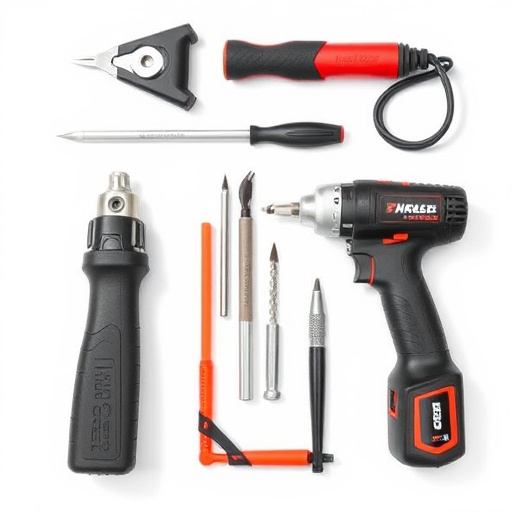
Airbag safety certification is a critical process that ensures vehicle occupants are protected during collisions. To obtain this certification, auto manufacturers must meet stringent federal standards set by organizations like NHTSA (National Highway Traffic Safety Administration). These standards encompass various tests, including frontal and side impact simulations, to validate the effectiveness of airbags and their deployment systems. The certification process involves rigorous inspections, data analysis, and thorough documentation to ensure every component meets the required safety criteria.
For Mercedes Benz collision repair or any vehicle maintenance at an auto repair shop or collision center, understanding these certification requirements is paramount. It dictates the procedures followed during repairs and upgrades, ensuring that modified vehicles maintain their original safety standards. Staying aligned with airbag safety certification guidelines not only complies with legal mandates but also guarantees the well-being of drivers and passengers in case of accidents.
Integrating Software Updates for Enhanced Airbag Functionality

In today’s digital era, vehicle software updates play a pivotal role in enhancing safety features like airbags. Integrating these updates directly into the airbag system allows for improved functionality and responsiveness during collisions. Airbag safety certification processes ensure that these updates meet stringent industry standards, guaranteeing their effectiveness. For instance, modern updates can adjust airbag deployment force based on collision severity, minimizing potential harm to occupants while maximizing protection.
This integration goes beyond simple functionality; it’s a strategic approach to frame straightening and collision repair services. Regular software updates also help in repairing minor damages, such as scratch repairs, by keeping the system up-to-date with the latest technological advancements. This holistic view of vehicle maintenance ensures not just optimal safety but also longevity and efficiency in collision repair processes.
The Role of Certification in Modern Vehicle Safety Upgrades

In today’s rapidly evolving automotive landscape, vehicle safety upgrades are not just a regulatory requirement but an essential aspect of consumer protection. Airbag safety certification plays a pivotal role in this process by ensuring that new and updated software meets stringent safety standards. As vehicles become increasingly reliant on sophisticated onboard systems, regular software updates are necessary to address potential vulnerabilities and improve overall safety performance.
Certification processes verify the integrity and reliability of these updates, particularly when it comes to critical components like airbags. This is where airbag safety certification becomes a game-changer. By implementing rigorous testing and validation procedures, manufacturers can guarantee that any changes or additions to their software do not compromise passenger safety. It’s akin to ensuring a scratch repair on a classic car doesn’t alter its structural integrity, allowing for both vehicle restoration and enhanced safety features to coexist harmoniously in modern automobiles.
Airbag safety certification plays a pivotal role in ensuring vehicle software updates enhance, not compromise, passenger safety. By integrating rigorous testing and validation processes, manufacturers can continuously improve airbag systems while adhering to stringent industry standards. This symbiotic relationship between certification and software updates is crucial for modern vehicles, fostering a safer driving experience through advanced technologies that consistently meet or exceed expected performance.





